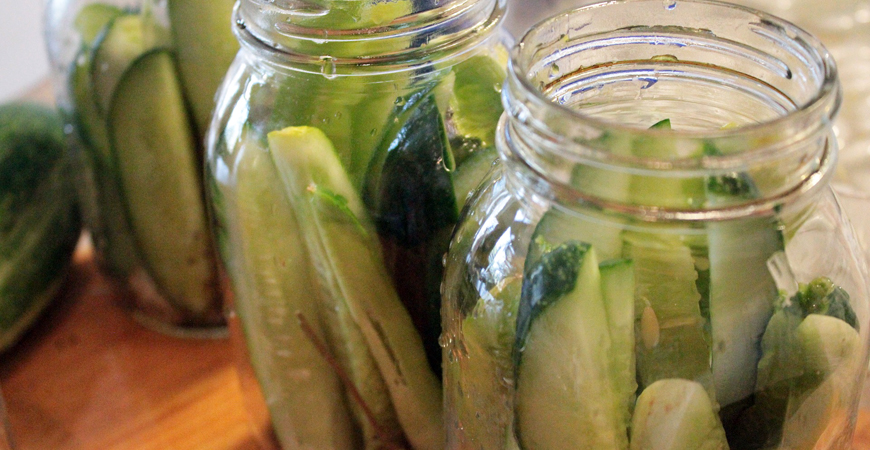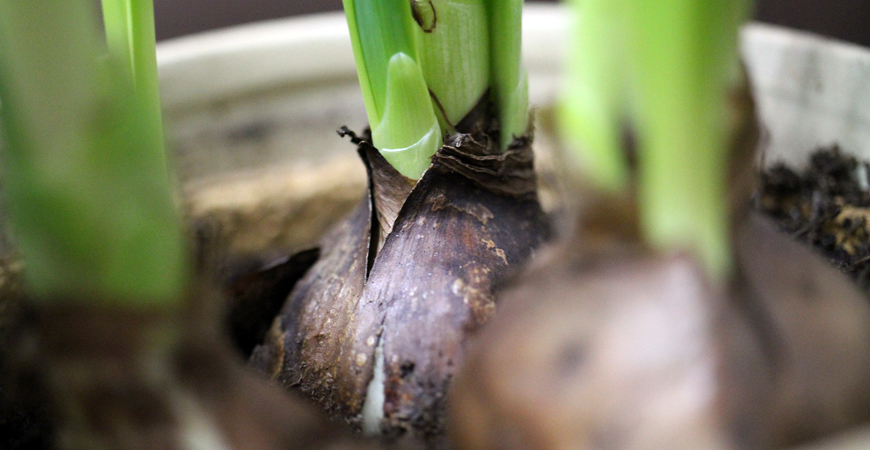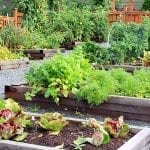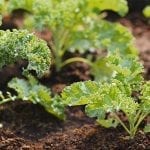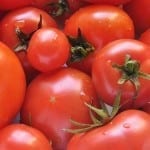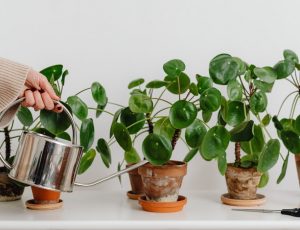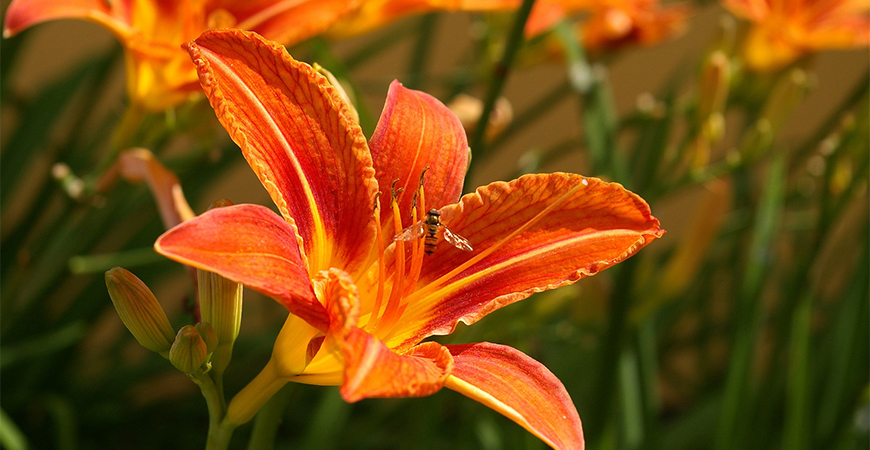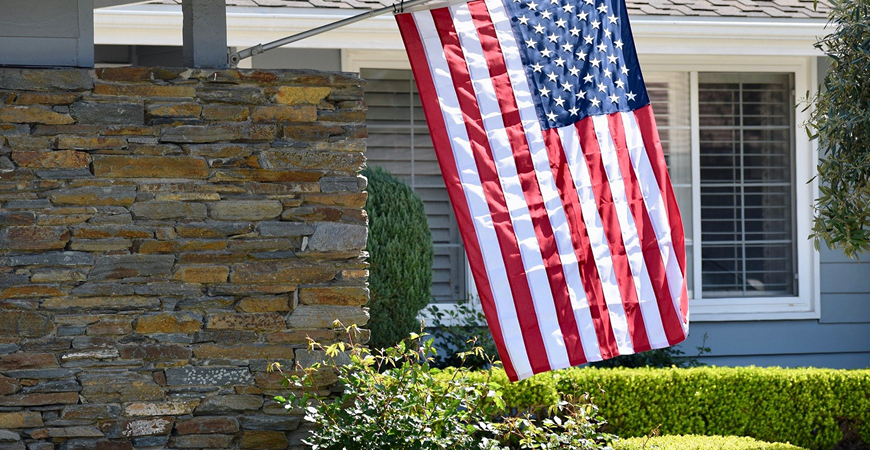
6 Easy Labor Day Weekend Ideas for Garden Enthusiasts
Labor Day weekend signals the beginning of the autumn season. Whether you grow vegetables or flowers, here’s a list of six Labor Day gardening ideas that you can complete over the holiday weekend.
Preserve Your Garden Bounty
There’s nothing like the taste of a homemade dill pickle straight from the jar – the flavor beats the store-bought version every time!
Canning involves processing food in closed glass canning jars. High-temperature water bath canning or pressure canning interrupts natural spoilage.
As the glass jars cool, a vacuum seal forms, which prevents food contamination. There are two canning methods –
Water Bath Canning:
Water bath canning is a lower-temperature canning process, which is used for high-acid foods. This canning process is best for the following produce and recipes:
- Chutneys
- Condiments
- Fruits
- Jams and jellies
- Pickles and relishes
- Pie fillings
- Salsas
- Sauces
- Tomatoes
- Vinegars
Pressure Canning:
Pressure canning is a canning process during which canning temperatures reach 240°F. This high temperature is required to preserve low-acid foods safely.
Pressure canning is best for produce and recipes including:
- Asparagus
- Beans
- Beets
- Carrots
- Corn
- Peas
- Peppers
- Potatoes
- Pumpkins
- Salsas
- Winter Squash
Learn more about preserving garden produce here.
Plant Spring-Blooming Bulbs
Fall is the time to plant spring-blooming flower bulbs. If you haven’t purchased your bulbs yet, Labor Day weekend is a good time! Easy-care spring-blooming bulbs include:
- Crocus
- Daffodils
- Grape Hyacinths
- Hyacinths
- Scilla
- Snowdrops
- Tulips
Fall and winter cool weather allows spring-blooming bulbs to ‘sleep’ – a process required for flower bulbs to bloom in spring. The best time to plant spring-blooming bulbs will vary depending on your planting zone.
Planting Zones 1 to 7:
Plant bulbs as soon as the ground is cool. Evening temperatures should range from 40° – 50° F. This usually occurs 6 to 8 weeks before the ground freezes.
As long as the soil is workable, you can plant bulbs.
Planting Zones 8 to 11:
In warmer climates, flower bulbs may require a pre-chilling period. To pre-chill bulbs, leave them in their original packaging and place them in the fridge.
Keep bulbs away from any refrigerated fruit. Plant pre-chilled bulbs during cool weather – usually late fall.
Learn more about planting spring-blooming bulbs here.
Transplant Spring-Blooming Perennials
If you move your perennial plants in the fall, it offers plenty of time for them to grow new roots before spring arrives. And, the cooler temperatures of fall help to minimize plant shock. It’s best to move plants on a cloudy or overcast day.
Research your plants before you move them. As a rule, it’s best to transplant fall-blooming perennials in spring, while spring-blooming perennials prefer to be moved in fall.
Do not move a plant while it’s blooming, as it’s not a good time to disturb the roots. Learn more about transplanting blooming perennials here.
Plant a Fall Vegetable Garden
Plant a late-season crop. If you grow fall vegetables in late summer, you’ll enjoy a second harvest before the chilly weather arrives. While cool, fall weather can make it tricky to grow certain vegetables.
Several veggies will grow well in autumn, including:
- Asparagus
- Beets
- Broccoli
- Carrots
- Garlic
- Lettuce
- Onions
- Radishes
- Salad Greens
- Scallions
- Swiss Chard
Before planting fall vegetables, current crops should be pulled from the garden. Clearing early-season plants will make space for new fall plants.
Plan your fall garden so your vegetables will have time to reach maturity before the first frost arrives. Learn more about planting a fall garden here.
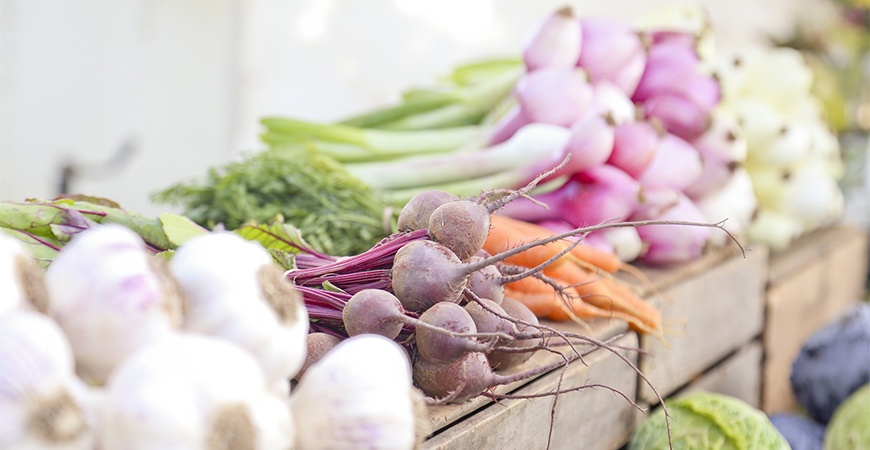
Protect Your Plants from Late-Season Frost
The first fall frost isn’t far away. Now is the time to check the fall frost date for your planting zone to protect tender plants from freezing temperatures.
When you check a frost calendar, note the amount of freezing:
- Light Freeze – may kill tender plants (29 to 32°F)
- Moderate Freeze – will often kill most plants and fruits (25 to 28°F)
- Severe Freeze – will damage most plants (temperatures 24°F and lower)
Frost Tolerance in the Vegetable Garden:
Some vegetables can tolerate frost conditions more than others. If you cannot protect frost-sensitive vegetables, harvest them before the first frost date.
- Tender crops like peppers, cucumber, sweet corn, tomatoes, eggplant, beans, squash, and melons cannot tolerate a light frost.
- Beets, potatoes, carrots, lettuce, and cauliflower can tolerate a light frost.
- Hardy crops such as cabbage, peas, radish, spinach, broccoli, onions, parsley, and radishes can tolerate a hard frost.
Learn how to protect your cold-sensitive plants from autumn frosts and freezes here.
Plant a Cover Crop
Planting a cover crop (usually a legume or grass) is an excellent way to:
- Keep your soil protected over the winter months
- Minimize soil erosion
- Provide essential nutrients to the soil to benefit next year’s garden
Cover crops “cover” the soil to sustain soil life and protect it until the next planting season.
Plants commonly used as a cover crop include:
- Buckwheat
- Field beans
- Forage rye
- Hairy vetch
- Oats
- Red clover
- Winter rye
For most planting zones, it’s best to plant a cover crop immediately after the last harvest. Plant cover crops a minimum of 4 weeks before the first frost date to let young seedlings become established.
Learn more about planting a cover crop here.
For canning recipes, visit Ball® & Kerr® Fresh Preserving – Canning Recipes.

